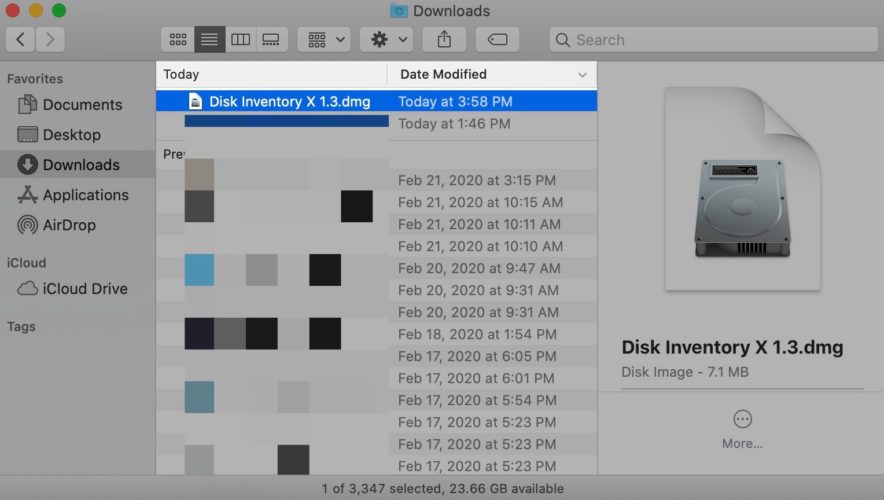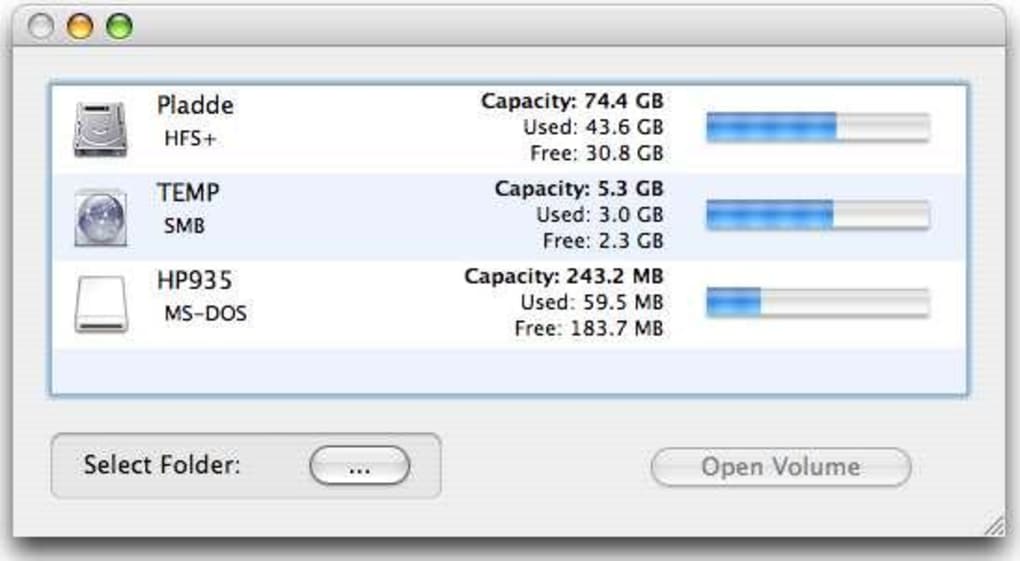

- MAC OS X DISK INVENTORY X INSTALL
- MAC OS X DISK INVENTORY X FULL
- MAC OS X DISK INVENTORY X DOWNLOAD
- MAC OS X DISK INVENTORY X FREE
MAC OS X DISK INVENTORY X FREE
This is really convenient if you are trying to free some space on your hard drive but you need to know who the biggest offenders are and if you can get rid of them or not. Also, Disk Inventory X shows you exactly how much each file and folder is taking up, all in one place. Once it is complete you will have a colorful diagram of how your hard drive is divided (see the picture below).
MAC OS X DISK INVENTORY X FULL
It will take a longer or shorter amount of time depending on how large your hard drive is and full it is. The first time you run it, Disk Inventory X will take several minutes to map your hard drive.

Not only does it show you where the space on your hard drive has gone, it also gives you a nice colorful visual in the form of a tree-map. It maps your hard drive and shows you what is taking up space and exactly how much space the files and folders are taking up. That’s why Disk Inventory X is so helpful. For someone like me who is constantly fighting for extra space, every GB is worth its weight in gold. When you're done with ODS, quit it and also quit Terminal.Ever wonder how all of that space on your hard drive is divided between your files and programs? If you find yourself a bit short on space you want to know what is taking up so much room, right? But there is no way to see a breakdown of the space on your Mac. When in doubt, leave it alone or ask for guidance. If something needs to be deleted, make sure you know what it is and how it got there, and then delete it by other, safer, means. Don't delete anything while running ODS as root. I don't recommend that you make a habit of doing this. It may take a few minutes for ODS to finish scanning your files. The application window will open, eventually showing all files in all folders, sorted by size with the largest at the top. If you see a message that your username "is not in the sudoers file," then you're not logged in as an administrator. You may get a one-time warning to be careful. You'll be prompted for your login password, which won't be displayed when you type it. Paste into the Terminal window ( command-V). Click Utilities, then Terminal in the icon grid. The application is in the folder that opens. ☞ In the Finder, select Go ▹ Utilities from the menu bar, or press the key combination shift-command-U. Select it in the results (it should be at the top.) ☞ Enter the first few letters of its name into a Spotlight search. Launch the Terminal application in any of the following ways: Sudo /Applications/OmniDiskSweeper.app/Contents/MacOS/OmniDiskSweeper Triple-click anywhere in the line of text below on this page to select it, then copy the selected text to the Clipboard by pressing the key combination command-C:
MAC OS X DISK INVENTORY X INSTALL
Install ODS in the Applications folder as usual. The administrator account is the one that was created automatically when you first set up the computer. If you have more than one user account, make sure you're logged in as an administrator. To see everything, you have to run it as root. ODS can't see the whole filesystem when you run it just by double-clicking it only sees files that you have permission to read. Proceed further only if the problem isn't solved by the above steps. Any changes to a photo library must be made from within the application that created it. That means you have multiple backups, not just one.ĭeleting files inside an iPhoto or Aperture library will corrupt the library. You can also delete files with it, but don't do that unless you're sure that you know what you're deleting and that all data is safely backed up. You can more effectively use a tool such as OmniDiskSweeper (ODS) to explore your volume and find out what's taking up the space.

That method may not find large folders that contain a lot of small files. To locate large files, you can use Spotlight. That will temporarily free up some space.

If you use iPhoto, empty its internal Trash first:
MAC OS X DISK INVENTORY X DOWNLOAD
First, never download anything from CNET.Įmpty the Trash if you haven't already done so.


 0 kommentar(er)
0 kommentar(er)
